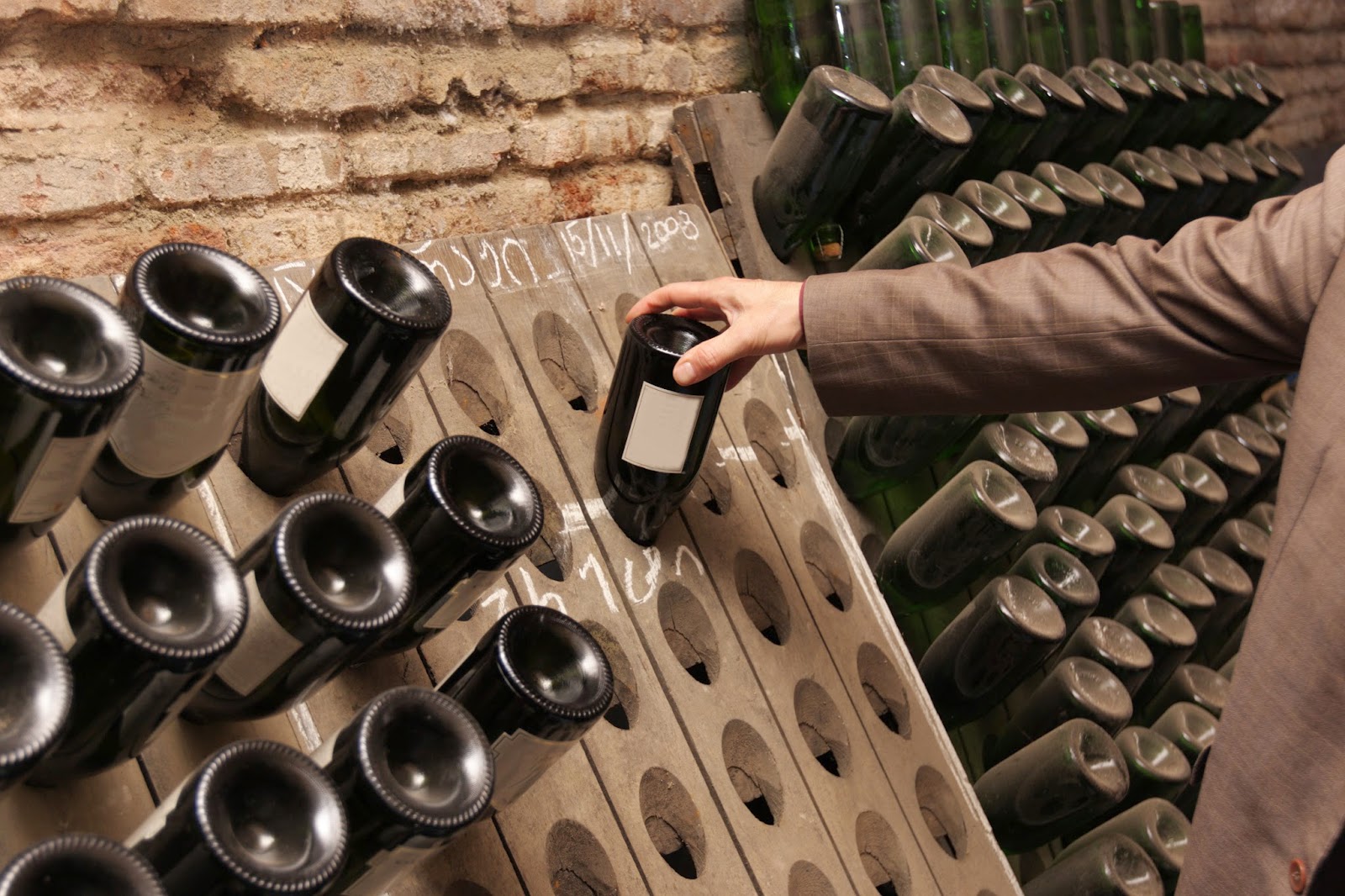If you’ve ever looked down into the bottom of your red wine
glass and seen gritty, sandy-textured bits on the bottom, you’ve encountered sediment.
While sediment is harmless, it can hamper the enjoyment of wine. Usually,
sediment is found in older, aged wines, but since wine is an agricultural product
created through the fermentation of fruit, there’s always the possibility that
the byproducts of the process could become part of the final product.
As a member of the Paso Robles Wine Club, you will receive
regular shipments of wines throughout the year from winemakers in the Paso
Robles AVA. Since wine is an artisan-crafted good, each winemaker has a unique
approach to working with the fruit. Some winemakers will filter the final
product to remove sediment, but other winemakers won’t.
Sediment settles in the bottom and along the sides of the
bottle and consists of dead yeast cells, grape skins, seeds, and even
tannins. Harmless as it may be, it can interfere with the taste and complexity,
so you’ll want to remove it prior to serving. This can easily be done by
decanting the wine.

Comments
Post a Comment